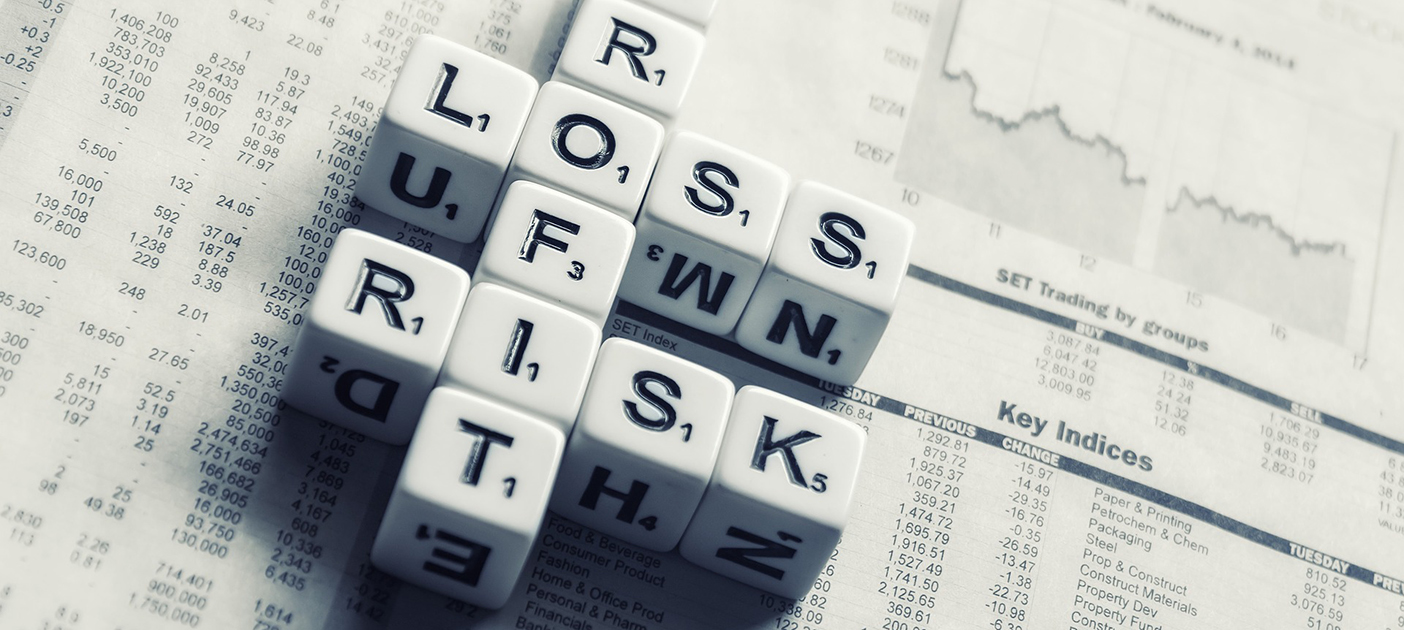Certainty is a very rare thing in life. If you think about it, how many things can you be absolutely certain about? For instance, are you absolutely certain that you will reach your office on time today? Not really!
Despite this lack of absolute certainty around many daily events, we manage as long as the probability of occurrence remains high. We do know, however, that there is a "risk" that sometimes things may not happen as per our expectations.
Risk, in investing, means different things to different people. Some think of it in terms of how uncertain something is. Others see it as the likelihood of losing their money. The truth is that in the world of finance and investing, there are several kinds of risk. There is the risk of how the market will perform, or how regulations might change.

Your risk appetite is a measure of the amount of risk you are willing to take for potential gains. Some people have a high-risk appetite and are willing to accept the possibility of losing a significant part, or all of what they have invested, for potentially higher returns. There are also people who are unwilling to risk even a single Rupee on an investment – it’s more crucial to them to protect their wealth, than to grow it.
It is important to select investments that match your risk appetite. You need to invest in a way that allows you to sleep soundly at night, as the risk is within your acceptable range. Besides your psychological comfort, an investment must also match your capacity to accept any losses.
The amount of risk you can manage depends on various factors, such as your investment horizon (i.e. how long you will remain invested). If you are looking to invest for a longer period time, you have time on your side to recoup any loss. If you are an investor with a shorter investment time frame, as you might be nearing retirement, investing in high-risk products are not for you.
This will ensure there is no mismatch between your risk-taking capability and the investment you purchase. The 4 question Risk Profiling Questionnaire on the DBS Bank app helps you to determine your appetite for risk.

Now let us try to understand the risk rating of products. Different investment products come with different product risk ratings.
DBS has a risk rating methodology called Product Risk Rating (PRR). PRR measures a product’s risk from a scale of one to five, with one being the lowest, and five being the highest.
Product risk rating hints at what you should expect when you invest in such a product. Higher the expected returns, higher will be the risk rating. Equity is generally considered more risky than fixed income due to the fact that the value of equity changes on a daily basis thanks to the stock market volatility.
When investing, you should always match your risk appetite to the product risk rating to arrive at the best course of action. "How do I do that?", you may ask. Fret not, the digibank app is designed to alert you in case you choose a Mutual Fund whose PRR is not matching with your existing risk profile.
What you should take away from all this
No investment product is entirely risk-free, just like life’s realities. What matters is how smart you can be when choosing your investments, keeping in mind both your risk appetite as well as the product’s risk rating.
Be smart by choosing investments that fulfil your needs and consider your various concerns. You can’t entirely escape risk, but you can always manage it.
DBS Bank offers Mutual Funds that are instant, paperless, signatureless – even transaction fee-less! What’s more? You get to choose from 250+ Mutual Funds across 15 top-performing asset management companies. So why wait? Login to digibank (app or internet banking) and start investing in a flash with instant Mutual Funds on DBS Bank.
Read up more on Mutual Funds here
Mutual Fund investments are subject to market risks, read all scheme related documents carefully before investing.






